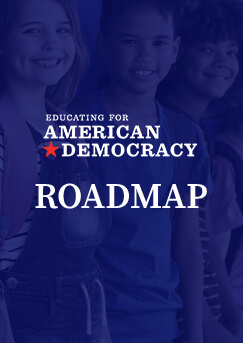The curated resources linked below are an initial sample of the resources coming from a collaborative and rigorous review process with the EAD Content Curation Task Force.
 Reset All
Reset All
The Rhode Island Historical Society, in partnership with the Rhode Island Black Heritage Society and the Rhode Island Historical Preservation and Heritage Commission, was awarded a grant from the National Park Service* for a multi-phase project on African Americans’ Struggle for Civil Rights in Rhode Island: The 20th Century. The project consisted of conducting archival research, collecting oral histories, and documenting places of significance to civil rights in Rhode Island over the course of three years, 2017-2020. Public exhibits and school unit plans were also created thanks to this grant.
The Roadmap








The Rhode Island Historical Society

This learning resource uses geospatial technology to help students understand the many components of the Pearl Harbor Attacks. Guided by inquiry, students will use the ArcGIS map to investigate the how the Japanese executed this attack and how the positioning of the U.S. in Oahu made the perfect target.

The Roadmap




Esri


Students will examine and analyze photographs of, poems by, and documents about American Indians experiences as European Americans migrated across the United States. They will use the knowledge gained through their analysis to write their own songs, poems, and letters. While the unit is intended to take three class periods, it is possible to complete the material in a shorter time frame. For example, you can set up three document centers around the classroom. After being introduced to the necessary analytical skills, the students can be split into three groups and sent to a document center to complete the activities there, switching to a new document center after a designated period of time. This will shorten the three-day unit to two days.

The Roadmap




The Gilder Lehrman Institute of American History


This online lesson provides Native perspectives, images, documents, and other sources to help students and teachers understand how the 17th century fur trade brought together two cultures, one Native and the other Dutch, with different values and ideas about exchange. Examine these differences to determine whether the exchange that took place on Manhattan in 1626 was really a land sale or not.
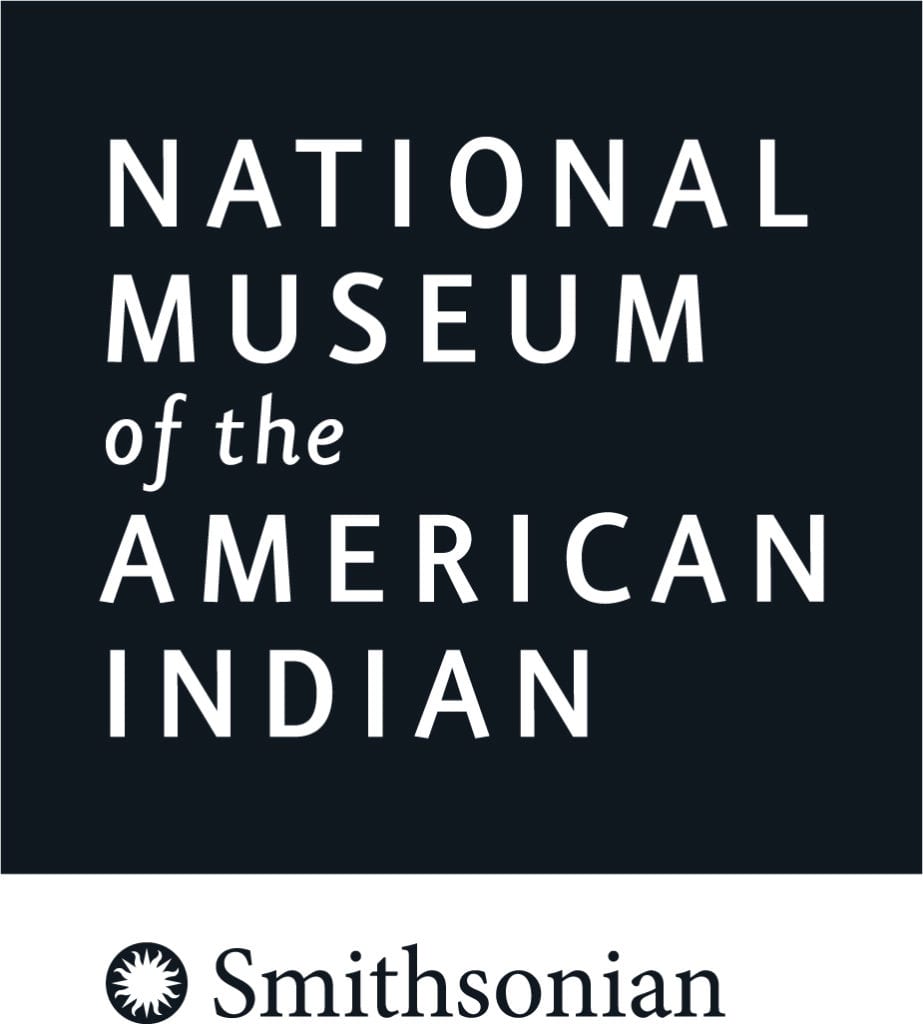
The Roadmap




Smithsonian National Museum of the American Indian


In this unit, students explore two movements to expand liberty and equality in the United States. They study enslavement and the antebellum abolition movement, they learn about the ways suffrage was restricted and for whom, and they explore the women’s suffrage movement and the Snyder Act of 1924. This unit prepares students for later investigations into the civil rights movement and the other movements for social justice that it inspired.
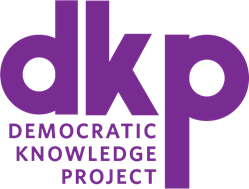
The Roadmap



















The Democratic Knowledge Project - Harvard University

Discover the stories of five real people of African descent living in Virginia in 1781, as the British and American armies battle across the state. Their stories are told in story-book style through research-based, first-person narratives, and are supplemented by maps, a timeline, primary source documents, and modular activities for classroom use.
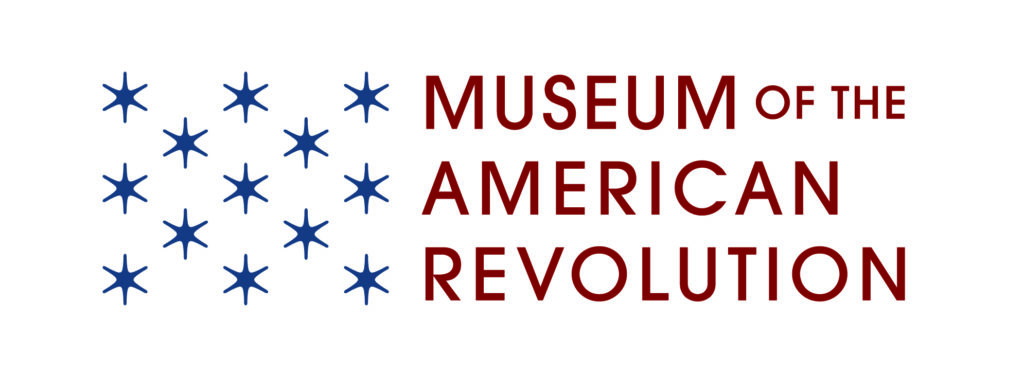
The Roadmap




Museum of the American Revolution


This two-day lesson is based on students acquiring a better understanding of the effects the Great Depression had on migrant workers and their children as portrayed in the novel: Esperanza Rising. The use of photographs, as primary sources, will support understanding of this time period, as well as provoking oral discussion among English Language Learner students.

The Roadmap




Emerging America - Collaborative for Educational Services


What was the World War II experience like for the thousands of Japanese Americans living on the West Coast? The activities in this lesson sequence are designed to provide a window into the war years. Using primary sources, students will explore a period in United States history when 120,000 Japanese Americans were evacuated from the West Coast and held in internment camps.
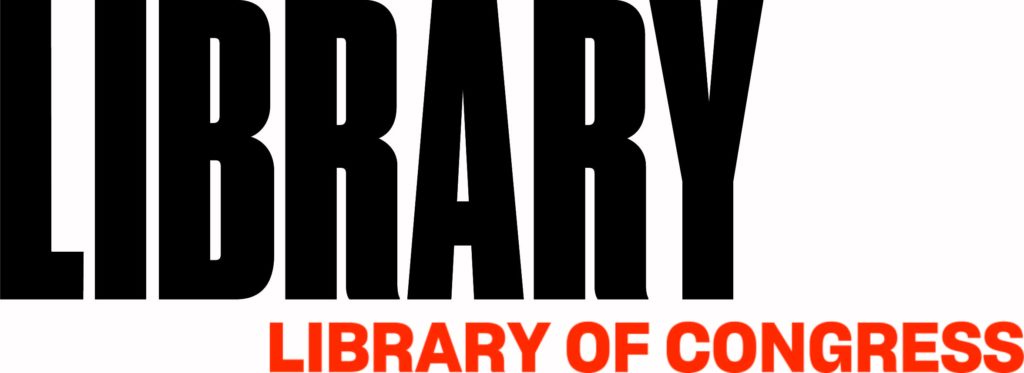
The Roadmap


The Library of Congress


The Japanese attack on Pearl Harbor, Hawaii on December 7, 1941 sparked U.S. involvement in World War II and generated a reactionary movement against Japanese Americans. This primary source allows students to understand the reactions in the United States following the attack.

The Roadmap




Emerging America - Collaborative for Educational Services


This lesson plan, designed for Grades 3-5, explores women's suffrage from the perspective of Native American and African American women.
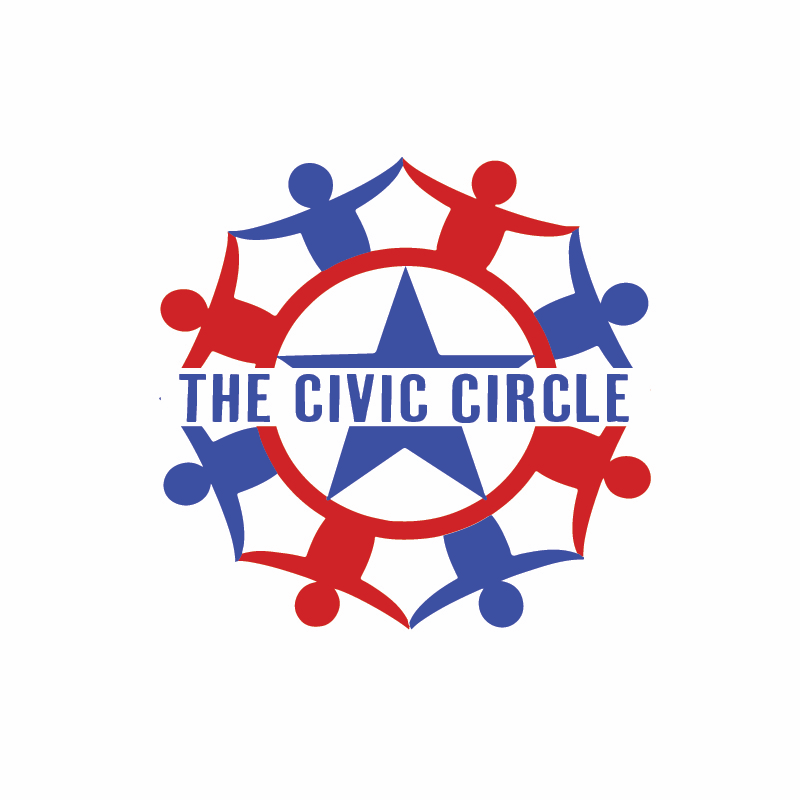
The Roadmap




The Civic Circle


In this lesson, students will explore the ways writing and painting express meaning. They will investigate a biography and painting of Harriet Tubman and consider the tools the artist and writer used to communicate information about this heroine.
The Roadmap



The North Carolina Museum of Art

In this lesson, students will explore the ways writing and painting express meaning. They will investigate a biography and painting of Harriet Tubman and consider the tools the artist and writer used to communicate information about this heroine.
The Roadmap



The North Carolina Museum of Art



